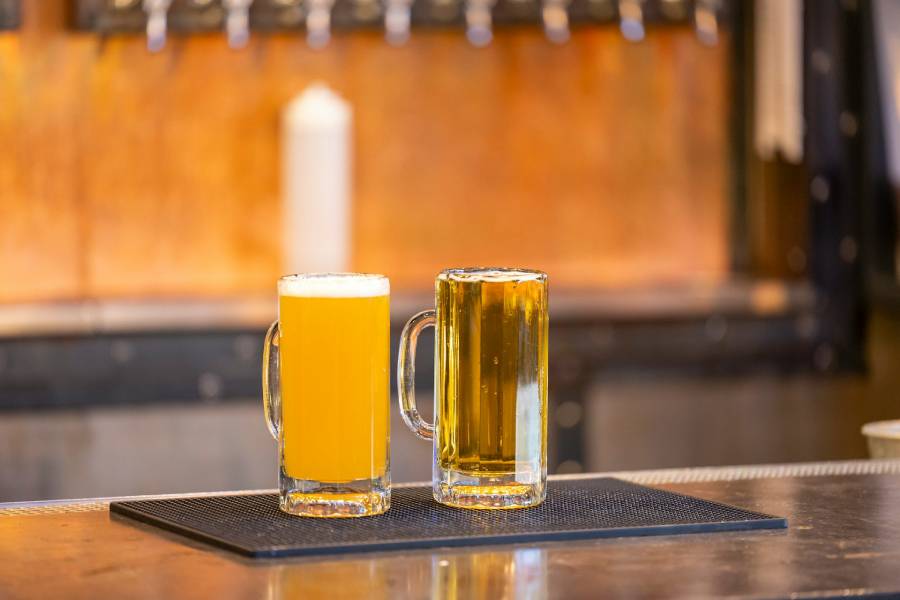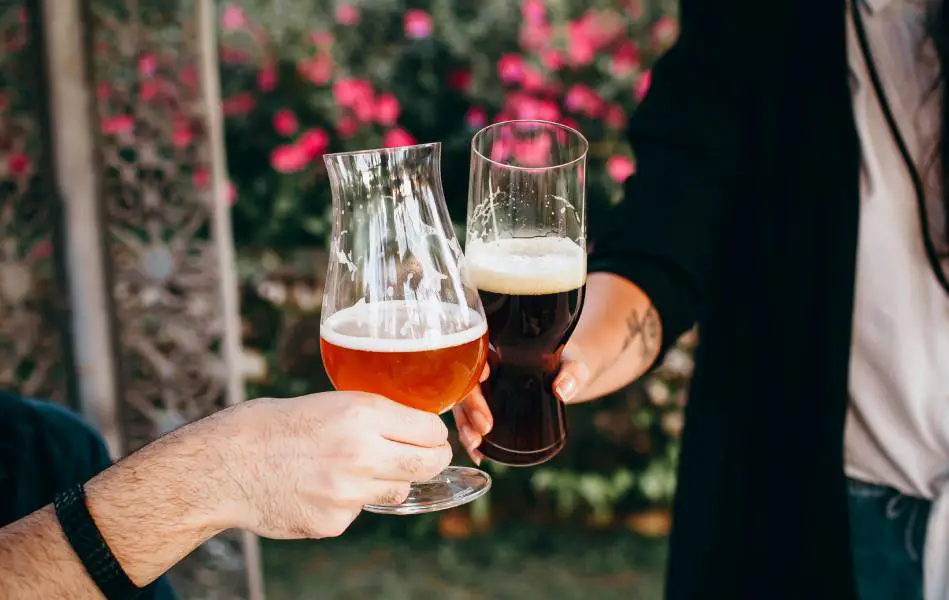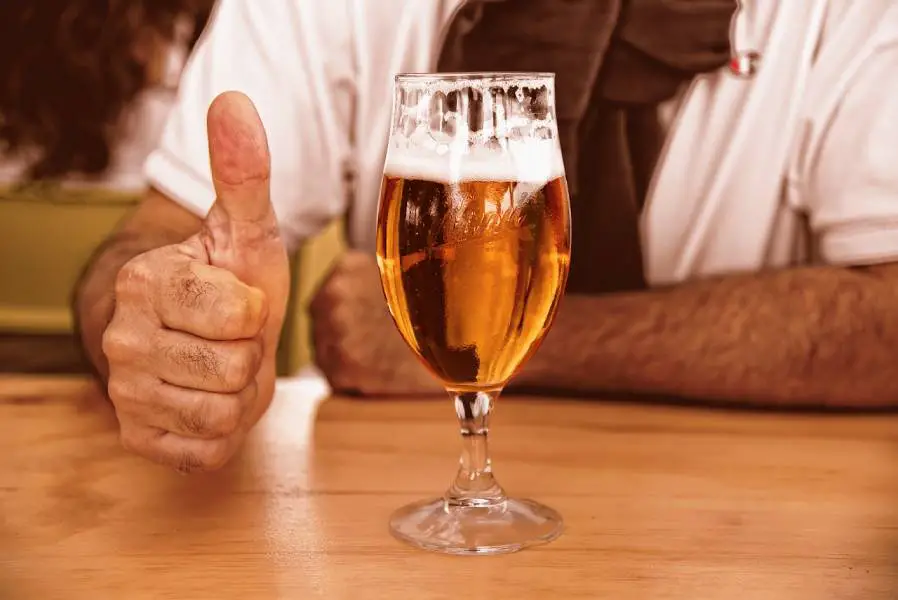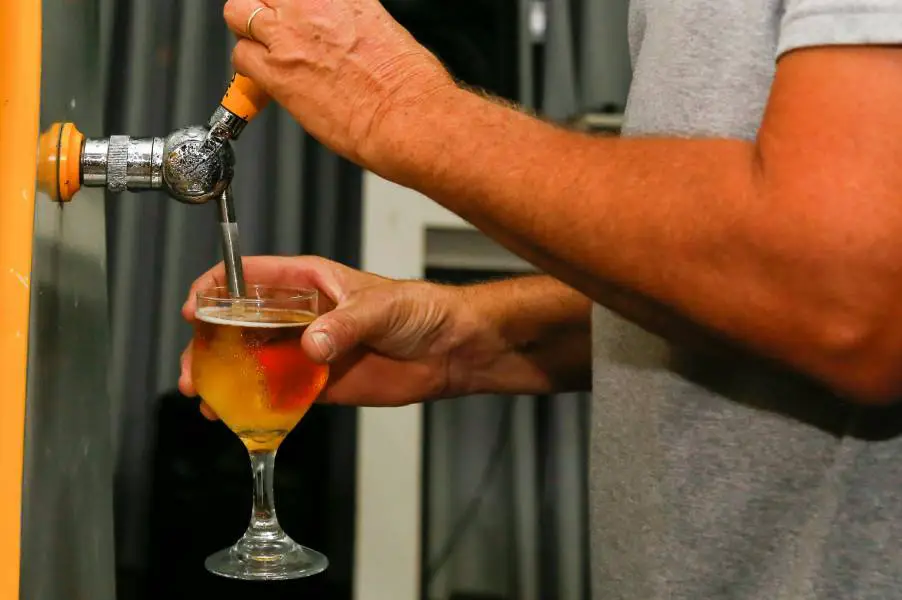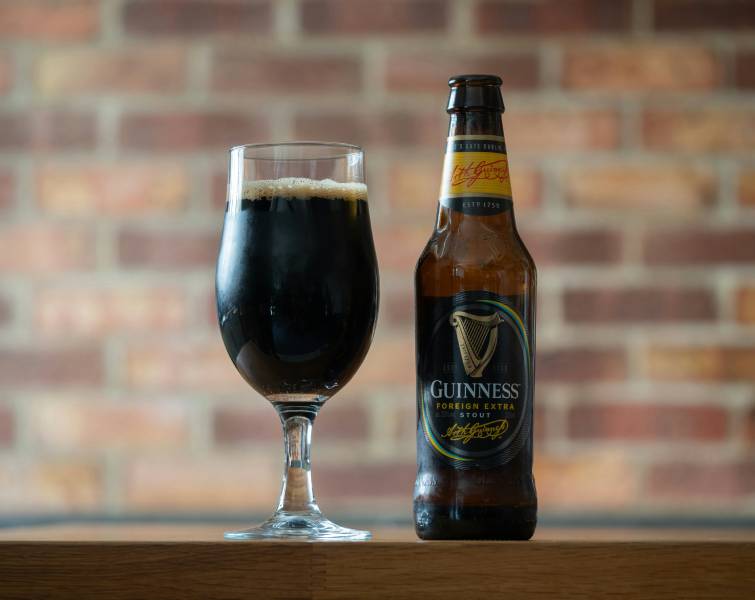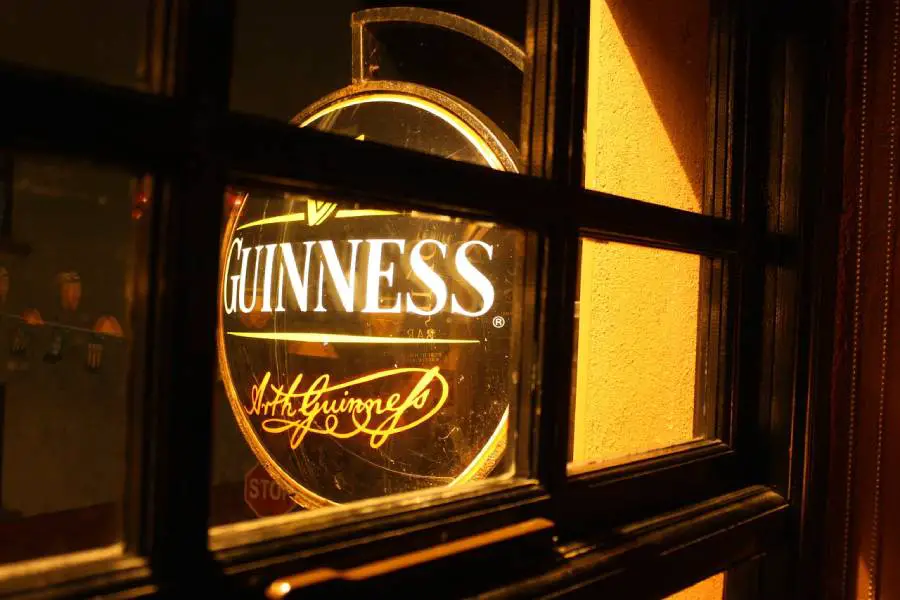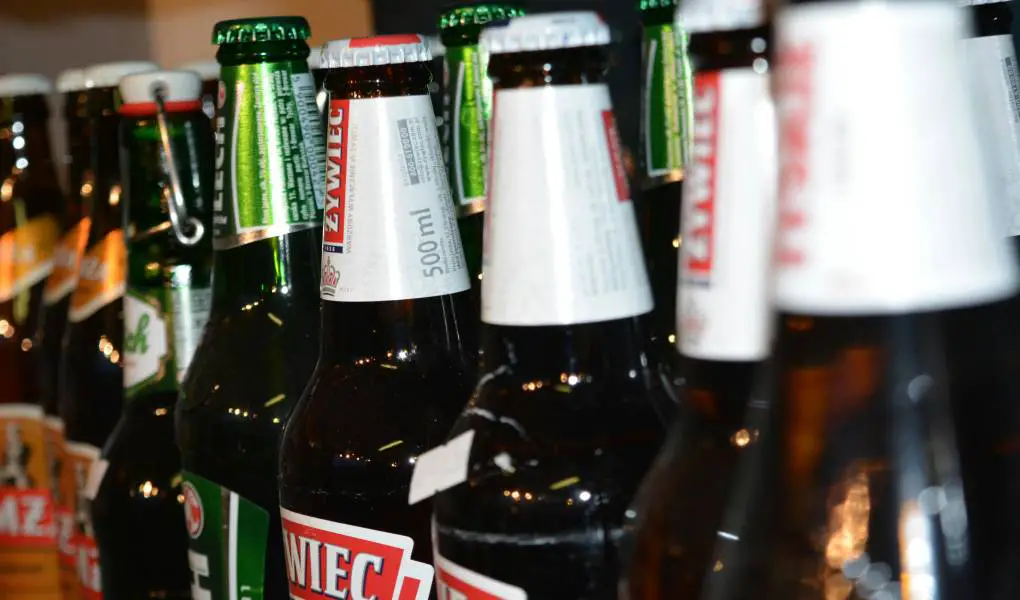If your beer isn’t hitting the spot, don’t worry—there are simple ways to improve its flavor. Whether you’re dealing with a flat brew or an overwhelming bitterness, subtle changes can make a big difference. Learn how to make beer taste better with a few easy tricks anyone can try.
How to Make Beer Taste Better
Making beer taste good is the beginning of a more enjoyable drinking experience. There are many ways to enhance beer’s flavor without losing its quality. Some methods can even reduce the bitterness for those who aren’t fans of that sharp taste.
These adjustments allow you to tailor the beer to your preferences. Whether you prefer a smoother finish or a more balanced flavor, there’s an option for everyone. With the right approach, even the most bitter beer can become something you’ll look forward to.
So, what are some of the methods that can help make your beer taste good (according to your preference)? Well, try these methods and experience the difference:
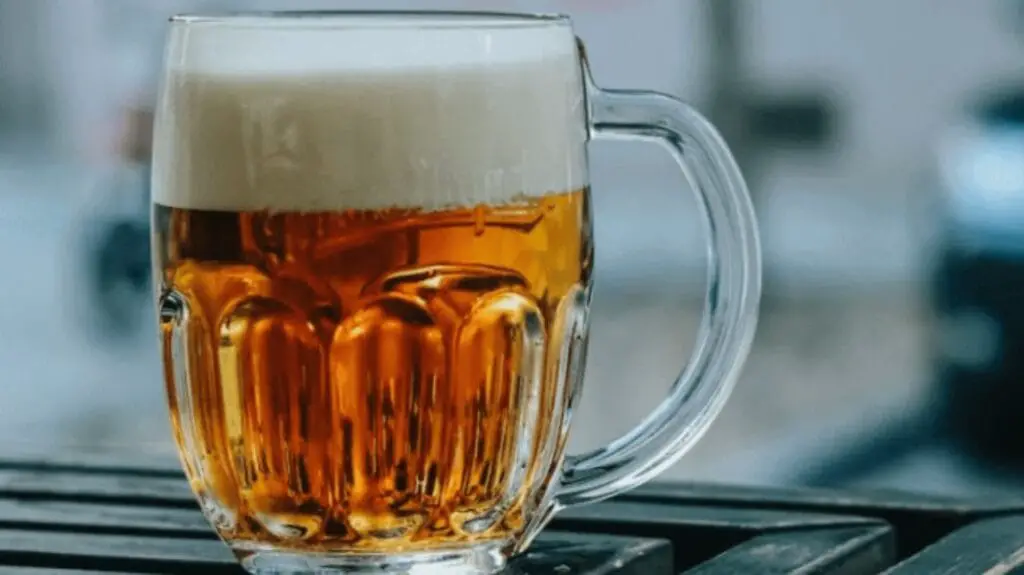
1. Infuse Herbs
Infusing herbs into your beer is an easy way to add depth and complexity to its flavor. Fresh herbs like basil and mint can bring a refreshing twist, while rosemary offers a more earthy, aromatic note. For a touch of sweetness, lavender or chamomile can add a subtle floral finish.
If you like bolder flavors, try adding thyme or sage for a savory kick. Lemongrass can also brighten up a lighter brew with its citrusy zing. The possibilities are endless, and experimenting with different herbs lets you customize your beer to suit your taste perfectly.
2. Add Tomato Juice
Adding tomato juice to beer might sound unconventional, but it’s a surprisingly refreshing combination. The natural acidity of the tomato juice cuts through the beer’s bitterness, creating a smooth, tangy balance. This mix is popular in drinks like the Michelada, where spices and lime elevate the flavor even more.
Tomato juice also adds a layer of richness, giving light beers more body and depth. It’s a great way to enhance a simple lager or pilsner without overpowering it. If you’re looking for a savory twist, this combination brings a satisfying, flavorful change to your usual beer routine.
Prepare your tomato juice and add it slowly to your beer until you get the taste you want.

3. Zest up Your Beer
Zesting up your beer with citrus peels can instantly brighten its flavor. Lemon, lime, or orange zest adds a zippy freshness that cuts through the heaviness of darker brews or enhances the crispness of lighter ones. The natural oils from the zest bring a vibrant aroma that pairs perfectly with hops.
For an adventurous twist, use grapefruit or blood orange zest to introduce a bittersweet kick. These bold flavors add depth without overwhelming the beer, making each sip more interesting. Whether you’re sprucing up a basic lager or adding complexity to an IPA, a little zest goes a long way.
4. Add Some Spices
Adding spices to your beer can create a whole new flavor experience. Cinnamon, cloves, and nutmeg add warmth and richness, making them perfect for darker beers like stouts or porters. These spices can transform an ordinary brew into something that feels more like a seasonal treat.
For a spicier twist, try adding a dash of cayenne or black pepper to your beer. These bold choices introduce a bit of heat, balancing out the beer’s natural flavors while keeping things exciting. Whether you want to enhance sweetness or add a fiery kick, spices offer endless possibilities.
5. Add a Hint of Vanilla Extract
A hint of vanilla extract can add a smooth, aromatic note to beer, subtly balancing its bitterness with a touch of sweetness. This infusion can enhance the complexity of darker beers like stouts and porters, complementing their roasted flavors. Even lighter beers benefit by gaining a slightly creamy, fragrant undertone.
When adding vanilla extract, start with a small amount to avoid overpowering the beer’s natural character. A few drops per pint is often enough to experiment with, allowing the vanilla to meld without dominating. The result is a nuanced drink with a unique flavor profile that offers a pleasantly unexpected twist to the palate.
6. Cocktail Your Beer
Cocktailing your beer is a fun way to mix flavors and create a unique drinking experience. Combining beer with ingredients like fresh citrus juice, bitters, or a splash of liqueur can add layers of flavor and complexity. The result is a refreshing twist that can highlight different aspects of the beer’s profile.
Experiment with classic combinations like a shandy, which mixes beer with lemonade or ginger ale, for a crisp, summery feel. Or try a beer-based take on a classic cocktail, like a Michelada with tomato juice, hot sauce, and lime. With a bit of creativity, cocktailing beer opens up endless possibilities for new flavors.
7. Add Beer Salt
Adding beer salt can instantly change the flavor profile of your brew, enhancing its taste with a salty kick. A dash of this flavored salt, often lime or chili-infused, can brighten lighter beers, making them feel crisp and refreshing. It adds a zesty edge that pairs well with lagers and Mexican-style beers.
Sprinkling beer salt on the rim of your glass or directly into your drink adds an extra dimension to each sip. The slight salinity can soften bitterness, bringing out subtle flavors that might go unnoticed. It’s a simple trick that turns an ordinary beer into a savory, tangy delight.

8. Add Your Favorite Fruit
Fresh fruit can bring out new flavors and make each sip more exciting. Cherries or apricots add a tart, juicy note that complements the beer’s natural bitterness. Pineapple or mango introduces a tropical twist that’s perfect for summer. Even a handful of strawberries or blackberries can add a burst of sweetness and a vibrant color.
Experimenting with different fruits allows you to play with the beer’s texture and flavor. A few pineapple or mango slices can make a hoppy IPA feel lighter, while berries enhance a wheat beer’s natural fruitiness. Fresh fruit infusion transforms an ordinary beer into a refreshing, fruity adventure.
9. Add a Simple Syrup
Using syrup is one of the easiest ways to influence the taste of your beer. It is sugar water that you simply pour into your beer to make it sweeter. Simple syrup is best used in dark and bitter beers like Guinness or Adnam SSB.
10. Serve Beer in Warm Temperatures
People usually prefer drinking cold beer because it is nice and refreshing. What most drinkers don’t know is that drinking warm can have a more pronounced flavor. As the beer warms up, it reduces its carbonation and, at the same time, releases more volatile aromas.
Different beer styles are served at different temperatures to enjoy their full taste and aroma. Here are some styles and the best serving temperatures:
- Stout and Porters- 55 to 60°F
- Lagers- 38 to 45°F
- IPA- 50 to 55°F
- Pale Ale- 45 to 50°F
11. Pour Beer Properly
Pouring beer properly can significantly improve its taste and aroma by releasing the right amount of carbonation and creating a perfect foam head. Tilt the glass at a 45-degree angle and pour gently down the side. Straighten the glass gradually to allow a thick, foamy head to form. This foam traps the beer’s aromas, making every sip more flavorful and aromatic.
A good pour also helps to release excess carbonation, reducing the chances of bloating and creating a smoother drinking experience. The right head thickness, about one to two inches, captures subtle notes that might otherwise be missed.
13. Use a Proper Glass
Not all glasses serve beer to your satisfaction. Different glasses go well with some beers as they improve the visual and smell of your drink. Some glasses, like thinner Pilsner-style glasses, are ideal for Fizzier beers. The glass allows a small head by limiting the contact between the liquid and its bottom.
Thicker glasses are also not left out, as they also improve your beer’s taste. Their thickness is ideal, as it helps insulate the beer inside from the warmth of your hands. This ensures your beer stays cold for an extended period. Thick glasses are best used during warm days or when you want to drink beer for longer.
14. Store Beer Properly
Proper storage can make a big difference in how beer tastes, preserving its freshness and flavor. Temperature, light exposure, and positioning all play a role in maintaining a beer’s quality. When stored correctly, the beer stays crisp, aromatic, and free of off-flavors that can ruin the drinking experience.
- Keep it cool: To prevent flavor degradation, store beer at a consistent temperature, ideally between 45 and 55 degrees Fahrenheit.
- Avoid direct sunlight: Light exposure can cause skunking, so keep beer in a dark place.
- Store upright: This helps minimize oxidation and keeps the beer’s sediment settled at the bottom.
- Limit temperature changes: Fluctuations in temperature can cause the beer to age prematurely.
- Avoid damp environments: Store beer in a dry place to prevent rust on cans and mold on bottle caps.
- Don’t freeze: Freezing can alter the beer’s texture and flavor, potentially breaking bottles.
- Rotate stock: Drink older beers first and save fresh ones for later to enjoy them at their peak flavor.
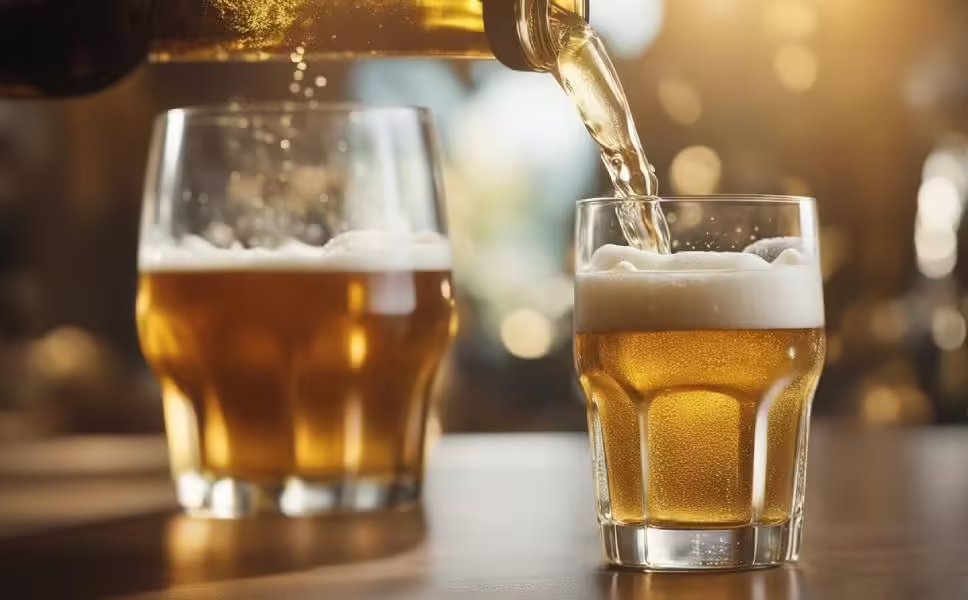
Frequently Asked Questions
Can You Drink a Skunk Beer?
Drinking skunk beer is generally safe but not enjoyable. The off-putting flavors result from the breakdown of compounds in the beer. It won’t harm you, but for the best experience, it’s advisable to choose fresh beer stored away from light and enjoy it before it becomes skunked.
Can Expired Beer Still Taste Good?
While drinking beer beyond its listed expiration date is still safe, it may have lost its refreshing original taste. As time goes by, the beer develops off-flavors due to the breakdown of compounds. Always store such a beer in better conditions, such as dark places, to avoid further taste deterioration.
What Is Best Hangover Cure After Drinking Beer?
The best way to cure a hangover after drinking beer is to eat bland foods with complex carbohydrates. Some of these bland foods include melon, potatoes, apples, breads, crackers, or refined hot cereals. Also, take a lot of water to curb the dehydration caused by beer. If you experience stomach issues, take antacids to relieve the pain.
Conclusion
You can make beer taste better in many ways, ranging from adding flavors, using a proper glass, and storing it correctly. Other methods include serving in warm temperatures or brewing your own beer. Always use a method that works well for you. This way, you will enjoy this staple drink to the maximum. Remember to drink responsibly.


